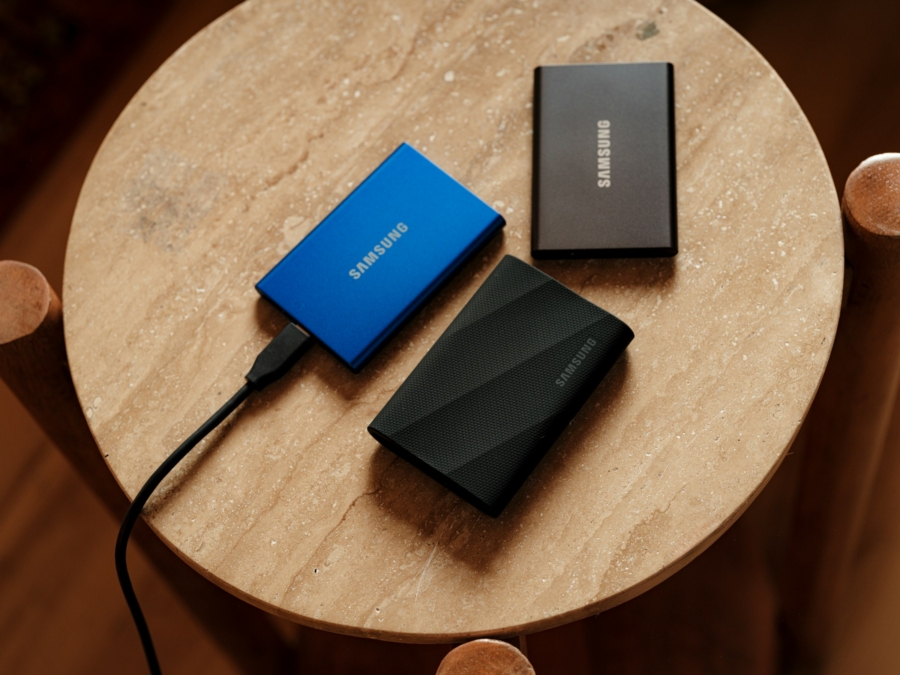App to Test Drive Capacity Legitimacy on Windows
Though I tried to find a similar app for macOS and Linux, it wasn’t such a big surprise apps to test legitimacy of drive capacity is mostly reserved for Windows. For context, the idea behind the test is that there are customized illegitimate firmwares installed on drives to trick OS, thereby users, into thinking the drive is actually bigger than it is. The actual scheme goes like this: one. a user buys a cheap SSD (e.g. only $10 for 10TB), two. OS reports back the 10TB, three. but the files are getting corrupted after a while, four. closer inspection reveals the physical drive inside the product is usually much less (e.g. 128GB) with custom firmware installed.
It’s a lot to take in, but the scheme itself is rather simple. It’s relying on the conventional user behavior, where most users would not fill up, let alone try to read back those saved datas, 10 or 20 TBs immediately after purchase. h2testw is a free app designed to test the true capacity of the drives. It will write up to the supposed capacity and have it read back; if it fails, then the drive is illegitimate.
Here’s a reason why, I think, the apps to test true capacity of drives are not popular or as common as it should. Consumers can avoid this problem by simply choosing more established brands and more reputable sellers. I’ve seen some hacks shared online, suggesting they take advantage of guarantee programs some of the stores, such as eBay, are running — free refund, no questions asked, if the storage is fake. I would advise against it, as most of the physical drives sold under false pretenses tend to, not only have smaller storage than advertised, have similar level of defect. Some of the in-depth reviews into these drives often revealed that they are cheap, slow, unreliable micro SD cards connected to a USB reader in an external SSD product-looking housing.
Aside from the technical standpoint, it is quite impractical to copy and read 10 or 20 TBs of data through what is most often only USB 2.0 speed, 480Mbps. It would take roughly 47 hours to copy the data, then another 47 hours to read them. My advice would be, if you are in a lookout for an SD card, get one that is up to the spec of modern day demands.
